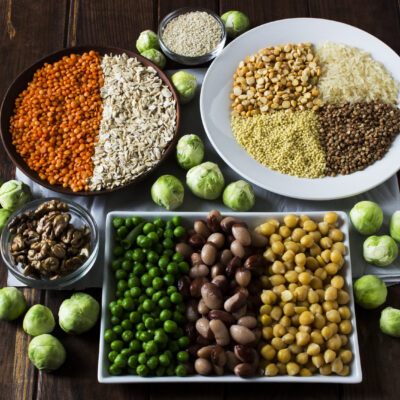
Diet
Foods to Combat Arthritis Flare-ups
Rheumatoid arthritis (RA) is a form of arthritis that affects the body’s joints, organs, and blood vessels. RA symptoms may include inflammation or swelling, joint stiffness, tenderness or soreness that causes mobility issues. Treatment can include a combination of prescribed oral medication in conjunction with exercise therapies. However, medical professionals often recommend following a natural anti-inflammatory diet while minimizing habits and foods that are known to agitate inflammation, such as smoking and eating processed food. Here is a list of the top natural anti-inflammatory foods that help reduce RA-associated inflammation: Walnuts The U.S. Food and Drug Administration recognizes walnuts as helping to combat inflammation along with heart-protecting attributes. These nuts are the richest in omega-3 fatty acids compared to other common nuts, and they are also high in antioxidants. Other nuts high in omega-3s include almonds, macadamia nuts, and hazelnuts. Two nuts to avoid are peanuts and cashews because they are not true nuts and are actually considered legumes. Wild salmon Fatty fish, especially salmon, is concentrated in omega-3s. There are many scientific studies today that have proven how including salmon in a rheumatoid arthritis diet can contribute to reducing inflammation and the pain associated with arthritis symptoms. Other honorable fatty fish mentions include mackerel, halibut, and sardines.
Read More 








